Yosemite National Park is one of the most visited parks in the country, and it is easy to see why. The powerful granite mountains surround the meadows of Yosemite Valley at the epicenter of this park. Located in the Sierra Nevada, this 3-day Yosemite itinerary is perfect for wildlife gazers, adventurous hikers, and wandering strollers. Outdoor enthusiasts flock to this park each year and are not disappointed.
Disclaimer: This post may contain affiliate links so if you make a purchase or booking through one of our links we might earn a small commission (but don’t worry, it’s no extra cost to you).

Free Yosemite, Sequoia, and Kings Canyon Itinerary
It may take several minutes to show up in your Inbox.
How to Get to Yosemite
Yosemite National Park is not located near any large cities. If you are flying into California, you will need to drive from the airport to the park. The closest airport is in Fresno which is over an hour drive to the park. Sacramento, San Francisco, Oakland, and San Jose are also other airport locations if you are flying in. But the drive from these airports to the Yosemite entrance is over 3.5 hours. Therefore, plan on spending quite a bit of time just traveling to and from this park.
Where to Stay at Yosemite

Yosemite offers several lodging and camping options inside the park including Yosemite Valley Lodge. However, reservations to these hotels must be made well in advance, and the room rates are pricey. If you are looking for a more cost-effective hotel, consider staying just outside the park. There are four entrances on the west side of Yosemite and one on the east side. The east entrance, Tioga Pass, is often closed in the fall, winter, and spring due to heavy snowfall making the road impassable. Therefore, I recommend staying outside one of the west entrances. One option is to stay at the Best Western in the town of Mariposa. However, we opted to stay in Oakhurst outside the South Entrance at the Best Western Plus Yosemite Gateway Inn. We chose this location as it is closer to Sequoia and Kings Canyon National Parks.
When to Go to Yosemite

Like most national parks, the summer is the busiest time to visit. The weather is warm, the flowers are blooming, and the kids are on summer vacation. If you are visiting during the summer months, I would recommend making your reservations well in advance and starting your day early when you are here to avoid crowds at the major sights.
Spring and Fall are also great times to visit for fewer crowds. In the springtime, snow is melting which makes the waterfalls full and awe-inspiring. Also, bears are emerging from their dens with their cubs. In the fall, the weather is cooling off, some of the non-evergreen trees are changing colors. However, Yosemite Falls has probably dried up and other waterfalls are low compared to spring and summer.
Winter is likely the least crowded time to visit and most of the park remains open. However, Tioga Road and Mariposa Grove are likely closed in the winter due to heavy snowfall. The best part of coming in the winter, specifically mid to late February, is the Yosemite Firefall, a natural phenomenon when the sun hits Horsetail Falls at the perfect angle and makes the waterfall looks like its spewing red fire.
We visited in mid-October, and the fall foliage was astonishing. I was disappointed to learn many of the waterfalls were dry in the fall, but the colors of the autumn leaves more than made up for. I cannot imagine Yosemite being prettier any other time of year.
How Much Does it Cost for this Yosemite Itinerary
The entry pass into Yosemite is $35 and is good for 7 consecutive days. Depending on how often you visit this park or all U.S. National Parks, you may want to consider purchasing an annual pass for just Yosemite or an America the Beautiful park pass, which will allow you into all national parks for a year. Also, if you have a 4th grader in your household, you can get a family pass to the national parks that is good for a year. Find out more about that benefit here.
Do You Need a Reservation to Enter Yosemite National Park?
Yes. Beginning 2024, Yosemite Park will require reservations on some days between Spring and Fall. Visit the Yosemite website for more details on specific dates that require a reservation and instructions on how to obtain your reservation.
DAY 1 IN THIS YOSEMITE ITINERARY
We arrived in San Francisco late the night before and stayed in a hotel just outside the city. We woke up early enough on the first day to finish the drive to Yosemite and arrive around 10 am to avoid long lines at the entrance.
Yosemite Valley Visitor Center
Take some time in the visitor center to talk to park rangers and get their opinion on the best hiking options. Park rangers are your best resource for the most current trail conditions. After talking to the ranger, we had to completely rearrange our itinerary because some trails were closed for maintenance during the weekdays, so we needed to put off those hikes. Also, the visitor center area has great shopping options for souvenirs and groceries.
Lower Yosemite Falls Trail

This easy, 1-mile hike takes you to the base of Lower Yosemite Falls in the Yosemite Valley. Unfortunately, we visited in autumn when the falls had dried up for the season, so we were not able to see this iconic waterfall. However, the hike was still beautiful and is a must-do no matter what time of year you visit.
El Capitan

Next, we grabbed our packed lunches and had a picnic in the meadow across from El Capitan. This vertical mountain is popular for rock climbers. We watched groups of mountain climbers try to make their way to the top while we ate our lunch. Make sure to pack your binoculars if you want to see the climbers up close. They look like little ants to the naked eye.
Glacier Point

Next, we drove the scenic drive to Glacier Point. We made a stop at the Tunnel View pullout for elevated views of Yosemite Valley before continuing our drive. At the end of Glacier Point drive is a short, easy walk to the lookout point where you can see Half Dome and the canyon carved out by glaciers.
Taft Point and Sentinel Dome

On the way back from Glacier Point, we stopped at the Taft Point and Sentinel Dome parking area. When you get to the trailhead, turn left to start the Taft Point and the Fissures trail and turn right for the Sentinel Dome trail. Each trail is 2.2 miles, so you will walk a total of 4.4 miles if you hike both trails. If you only want to hike one, I recommend Taft Point over Sentinel Dome. When walking at the end of the Taft Point trail, watch out for the fissures. These drop-offs are not marked and can sneak up on you if you are not paying attention.
From here, we made our way to Oakhurst and checked into our hotel. We ate dinner at the Oakhurst Grill located in the Best Western parking lot. If you are visiting during cooler months, I would highly recommend the clam chowder in a sourdough bread bowl.
DAY 2 IN THIS YOSEMITE ITINERARY
Tioga Road Scenic Drive

On the second day of our Yosemite itinerary, we drove the Tioga Road scenic drive from Yosemite Valley to the East Entrance. Notable stops along the road include Tuolumne Grove, Olmsted Point, Tenaya Lake, and Tuolomne Meadows. At Olmsted Point, be sure to walk the 0.2-mile trail out to the point to get past the tree line for even better views of the valley. You can continue past the park entrance to Mono Lake, but we decided to turn back instead. The stops are beautiful, but this road is long and takes a while to drive. If you are short on time or are staying outside the park and already have a long drive to Yosemite Valley, I would not recommend driving this scenic drive. I would have preferred spending more time wandering Yosemite Valley.
Mariposa Grove

At Mariposa Grove, we hiked the 2-mile Giant Grizzly Loop to see the giant sequoia trees. Along this hike, you will also see the California Tree Tunnel. From the parking area, there is a shuttle that will take you to the trailhead. However, the shuttles were not running during our visit, so we had to hike the 2-mile trail to Mariposa Grove from the parking area and then hike it back. Therefore, what was supposed to be an easy 2-mile trail turned into a 6-mile moderately difficult hike.
After a long day of scenic drives and hiking, we ate Mexican food and drank a margarita at El Cid in Oakhurst.
DAY 3 IN THIS YOSEMITE ITINERARY
Vernal Falls and Nevada Falls
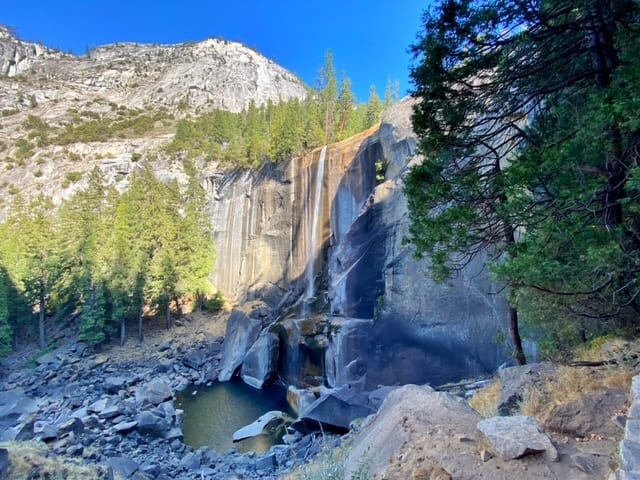
Even though this hike is listed as strenuous, I knew I had to hike it. Too many people told me it was the best hike in Yosemite. Plus, these were some of the only waterfalls that were still flowing in the park.
This is another area where we suffered with a longer hike than expected due to the shuttles not operating. The distance from the Happy Isle parking area to the trailhead is 0.5 mile, so you will add 1 mile total to your walking distance if you do not ride a shuttle.
There are several options on how you hike to these waterfalls. We chose to hike the Mist Trail to Vernal Falls and up to Nevada Falls. Then, we walked down via the John Muir trail, which is longer in distance than the Mist Trail, but is not quite as steep. The Mist Trail involves over 600 uneven, steep stone steps along Vernal Falls that can be slippery when spray from the falls covers the steps. The trail distance (not including the walk to and from the parking area) is 6.6 miles.
If you find the full trail is too strenuous, you could stop at the first footbridge where you can see Vernal Falls in the distance. The footbridge is approximately 0.8 miles into the hike. You can also go a little further for up close views of Vernal Falls at the base of the treacherous Mist Falls staircase before turning back. This is approximately 1 mile into the hike from the trailhead.
Back to Yosemite Valley
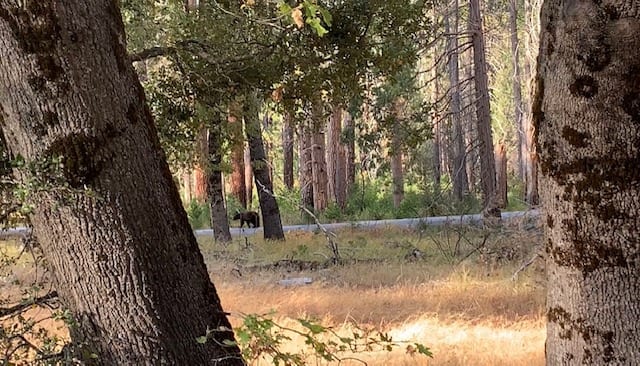
Our Yosemite itinerary was soon coming to an end, so we decided to spend the rest of the afternoon souvenir shopping at the gift shops in Yosemite Valley. As we drove out, we spotted a black bear walking across a log and eating acorns in the meadow. In the fall, bears frequent the valley to eat the fatty acorns before hibernation.
We ate dinner at Southgate Brewery before calling it a night. We spent the next day in Sequoia and Kings Canyon National Parks before heading to the airport to end our quick hiking vacation in Yosemite National Park.
Other Possible Hikes You Can Add to Your Yosemite Itinerary
If any of the hikes mentioned above are too difficult or are closed during your planned Yosemite itinerary, you can replace them with trail options listed below.
Mirror Lake – This hike is an easy 2-mile hike. We ultimately decided not to do this hike because the lake was dry when we visited. However, the park ranger encouraged us to hike it anyway because it was still so lovely.
Inspiration Point – For some of the best views of Yosemite Valley, you could hike the difficult 2.6-mile trek to Inspiration Point.
Yosemite Falls – This 6.8-mile hike to the top of Upper Yosemite Falls is quite strenuous.
Chilnualna Falls – For a longer, moderately difficult trail, hike the 8.6-miles to Chilnualna Falls. This hike is generally less crowded than the Yosemite Valley hikes.
Tuolumne Grove – At the beginning of Tioga Road, stop at Tuolomne Grove for a quick 2-mile hike to giant sequoias. This hike is less crowded than the Mariposa Grove hike and does not require a shuttle ride to the trailhead.
Tuolumne Meadow– Stop at one of the last scenic pullouts on Tioga Road for an easy 3.2-mile hike around a charming meadow.
Half Dome – If you are super adventurous, hike 14-16 miles to the top of Half Dome. However, you will need to be prepared for this trail prior to your arrival as it requires a permit.
You May Also Be Interested In
How to Hike to Vernal and Nevada Falls in Yosemite
The Ultimate San Francisco to Las Vegas Road Trip
My 7 Favorite Easy Hikes in Yosemite
How to Hit the Highlights in 1 Day at Sequoia and Kings Canyon National Parks
The Best 10-Day San Francisco to San Diego Road Trip
The Ultimate San Francisco to Las Vegas Road Trip: 4 Parks in 7 Days
3 Days in Oregon’s Columbia River Gorge
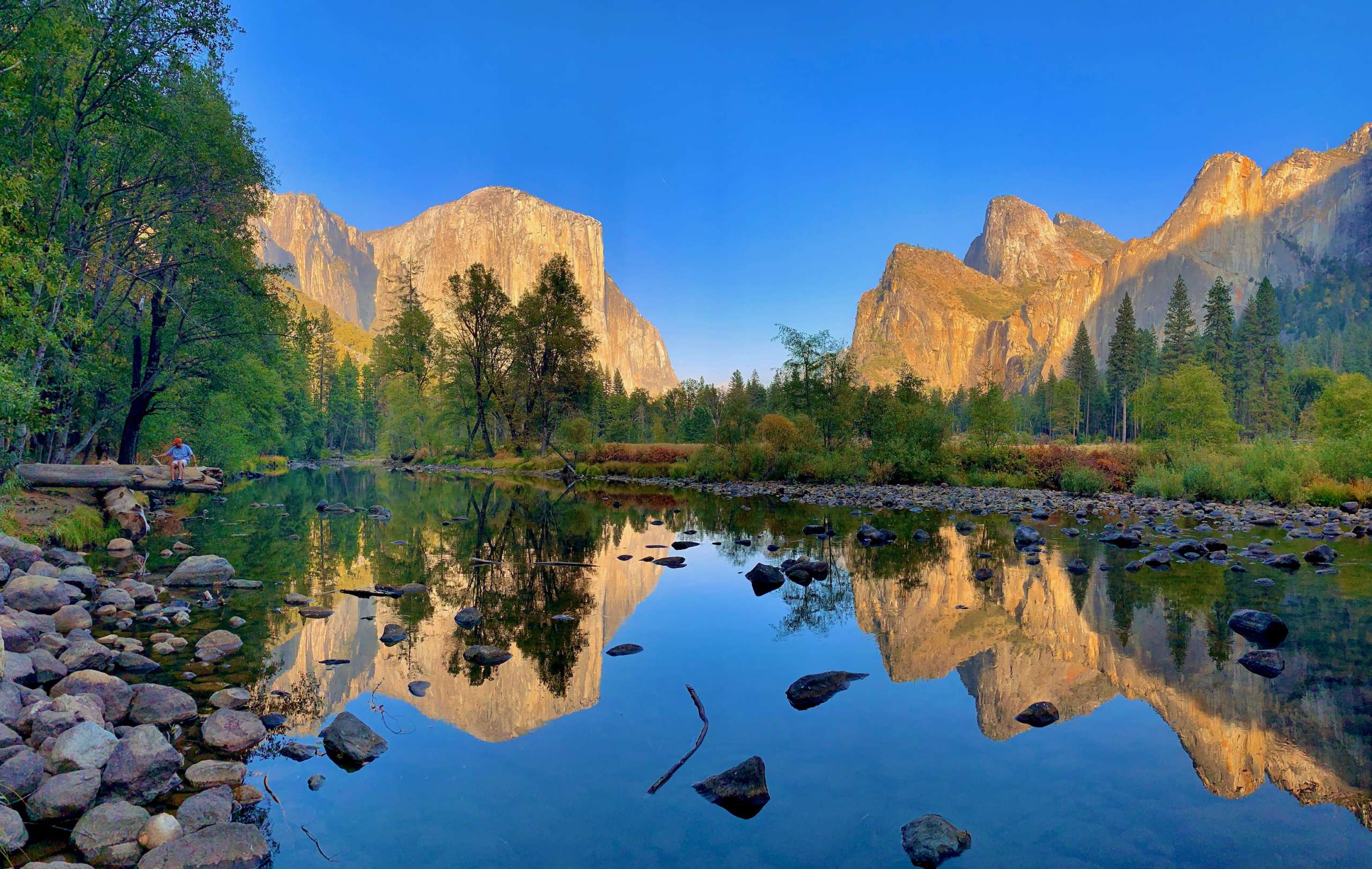

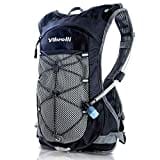



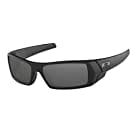

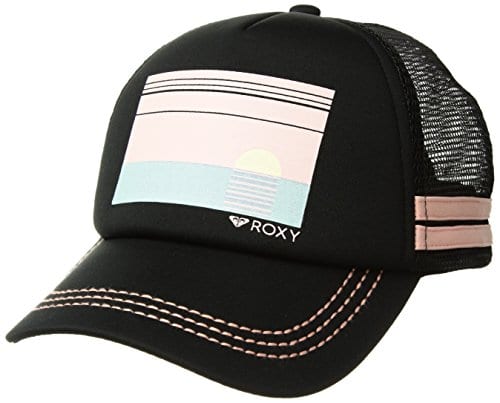
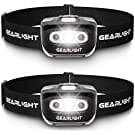
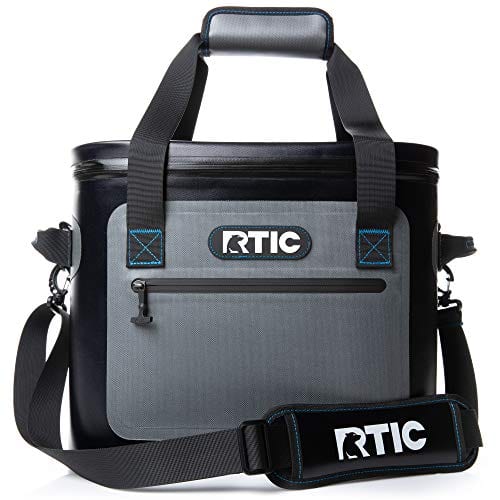




1 Comment
Comments are closed.